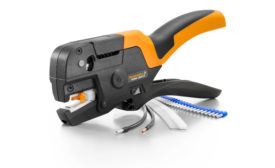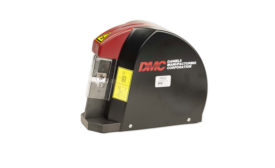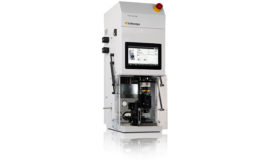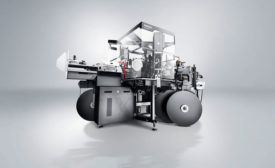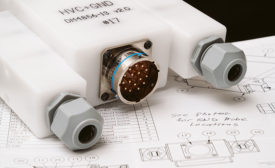Wire Processing Assembly
Articles about stripping, cutting, crimping, assembling and testing wire and cable.
ARTICLES
Welding
Torsional Ultrasonic Welding Process Joins Metal Parts
Torsional process bonds thick cables, large connectors and thin foils for EV batteries and components.
June 10, 2024
Never miss the latest news and trends driving the manufacturing industry
Stay in the know on the latest assembly trends.
JOIN TODAY!Copyright ©2024. All Rights Reserved BNP Media.
Design, CMS, Hosting & Web Development :: ePublishing




